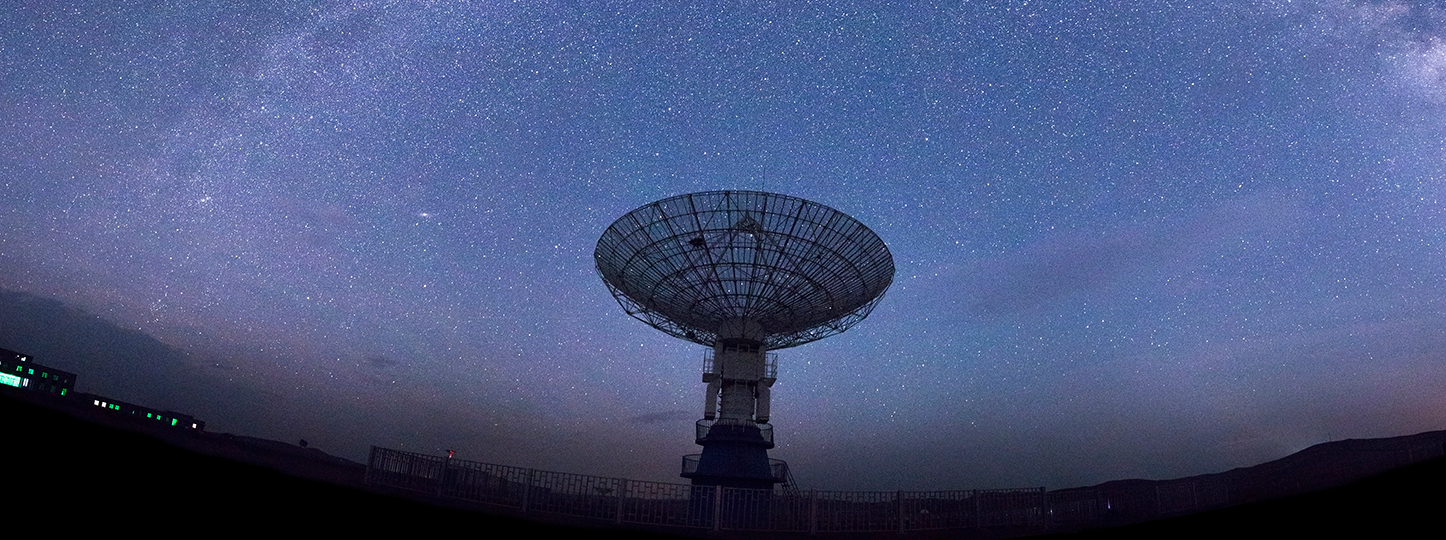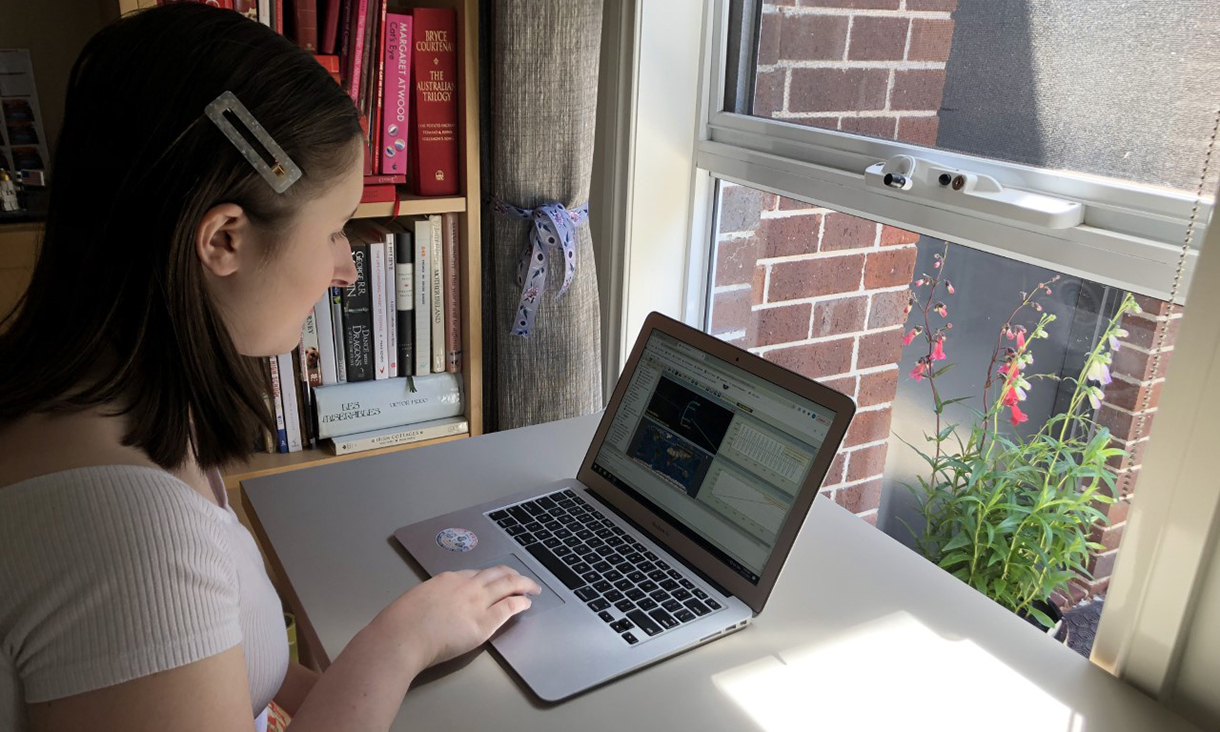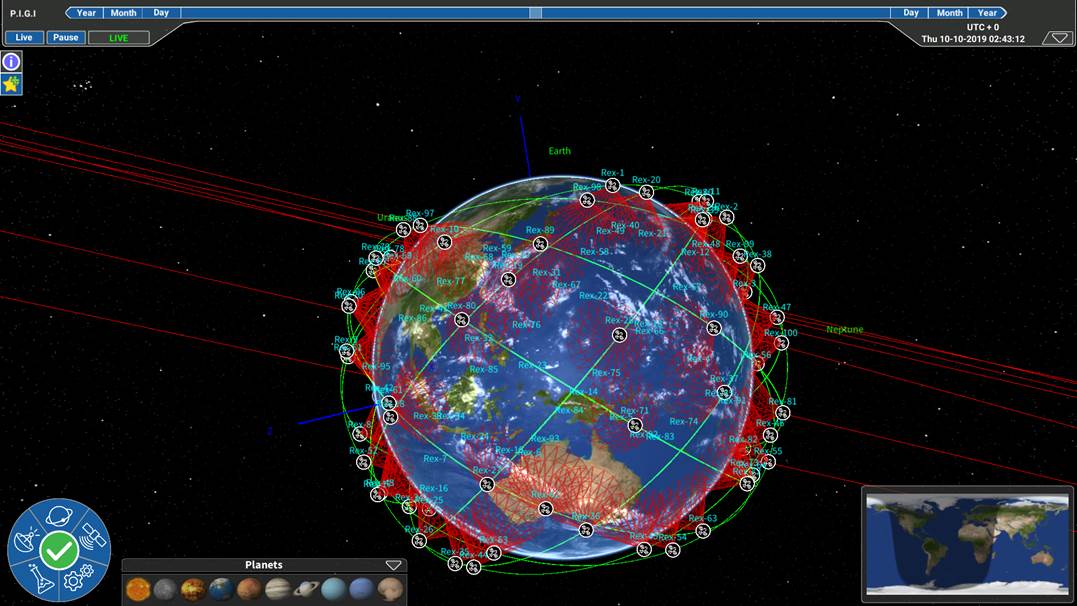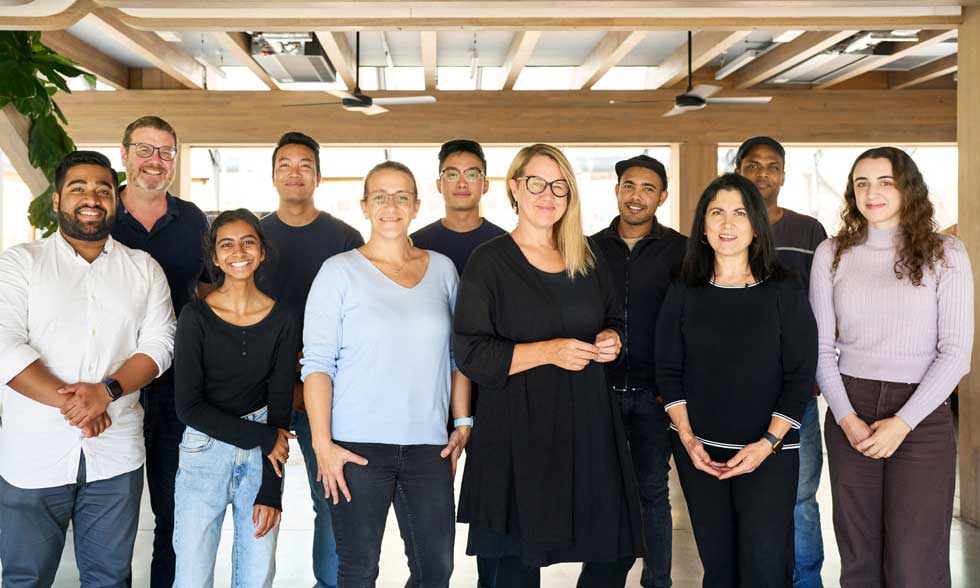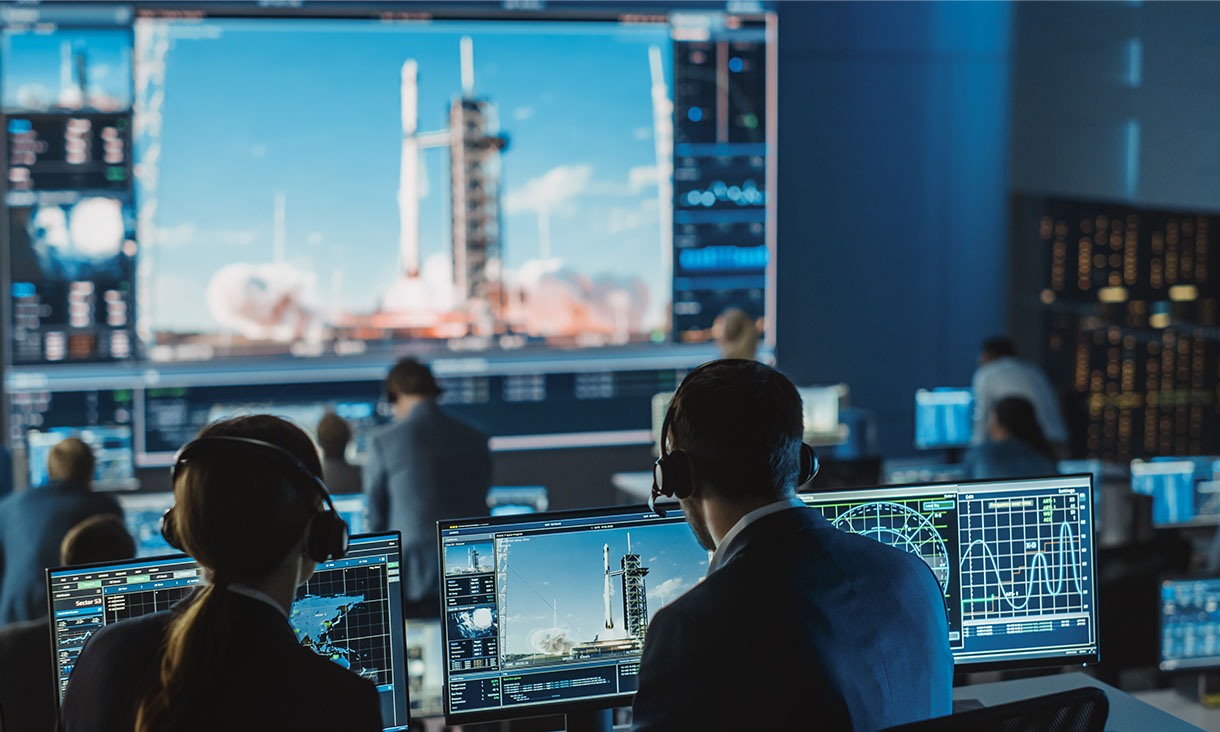Students learn app development fundamentals with Apple
The first group of participants have completed the Apple Foundation Program at RMIT, one of only two Australian institutions to offer the initiative which introduces the foundations of Swift and app development.
The future of space is female
Hayley Nitschke always had a passion for science and physics, but it wasn't until she heard RMIT's Dr Gail Iles’ talk at her high school that she knew she wanted a career in space.
RMIT becomes an Adobe Creative Campus
RMIT has announced it will provide all students and staff individual subscriptions of Adobe Creative Cloud to further promote digital literacy skills and digital innovation.
Data Innovation Hub to boost skills in data analytics and AI
A new Data Innovation Hub at RMIT will offer students opportunities to work with leading organisations who are using data analytics and AI to solve real world problems and create value for their business.
